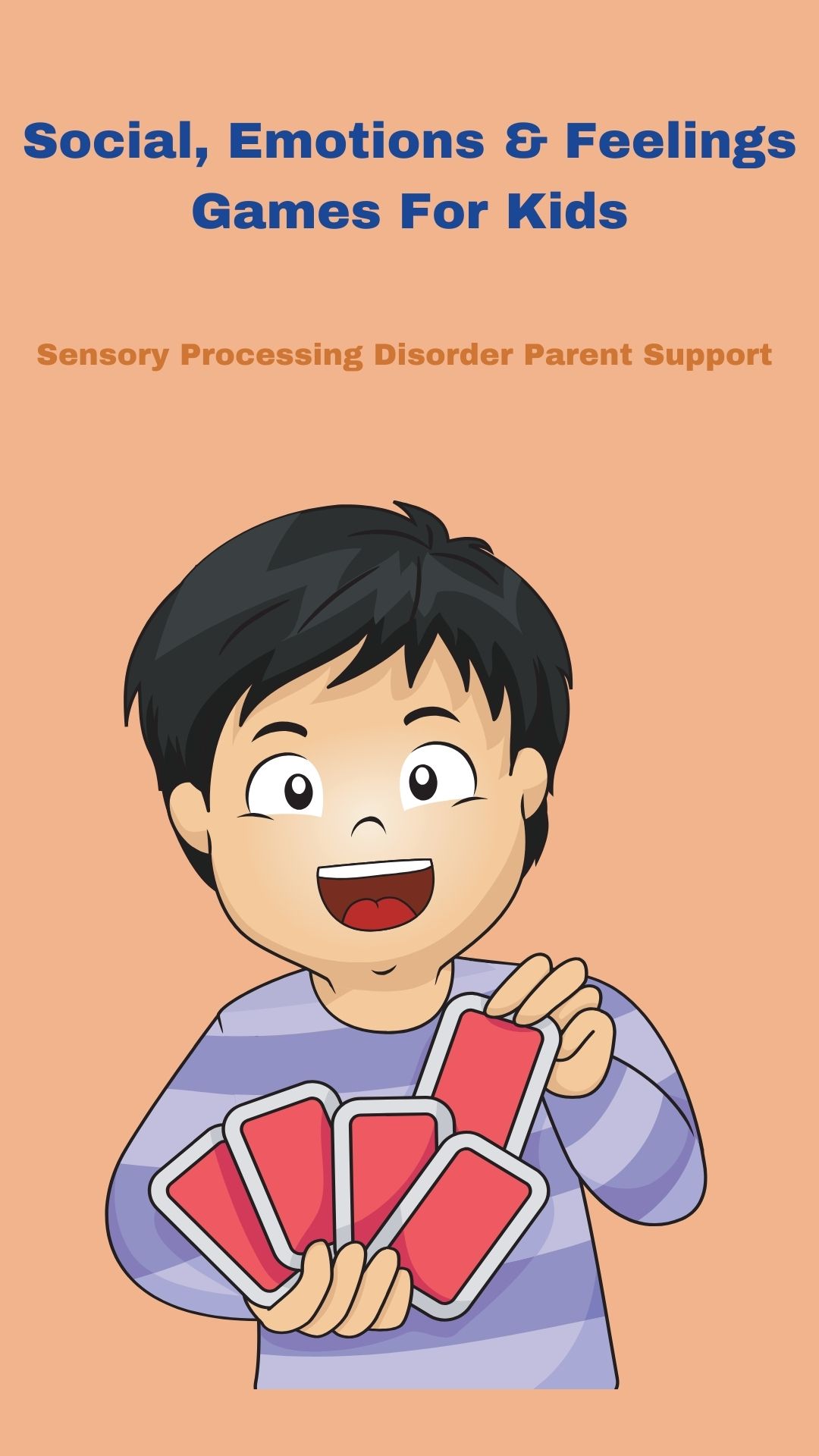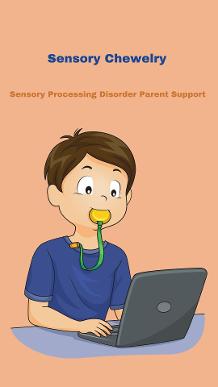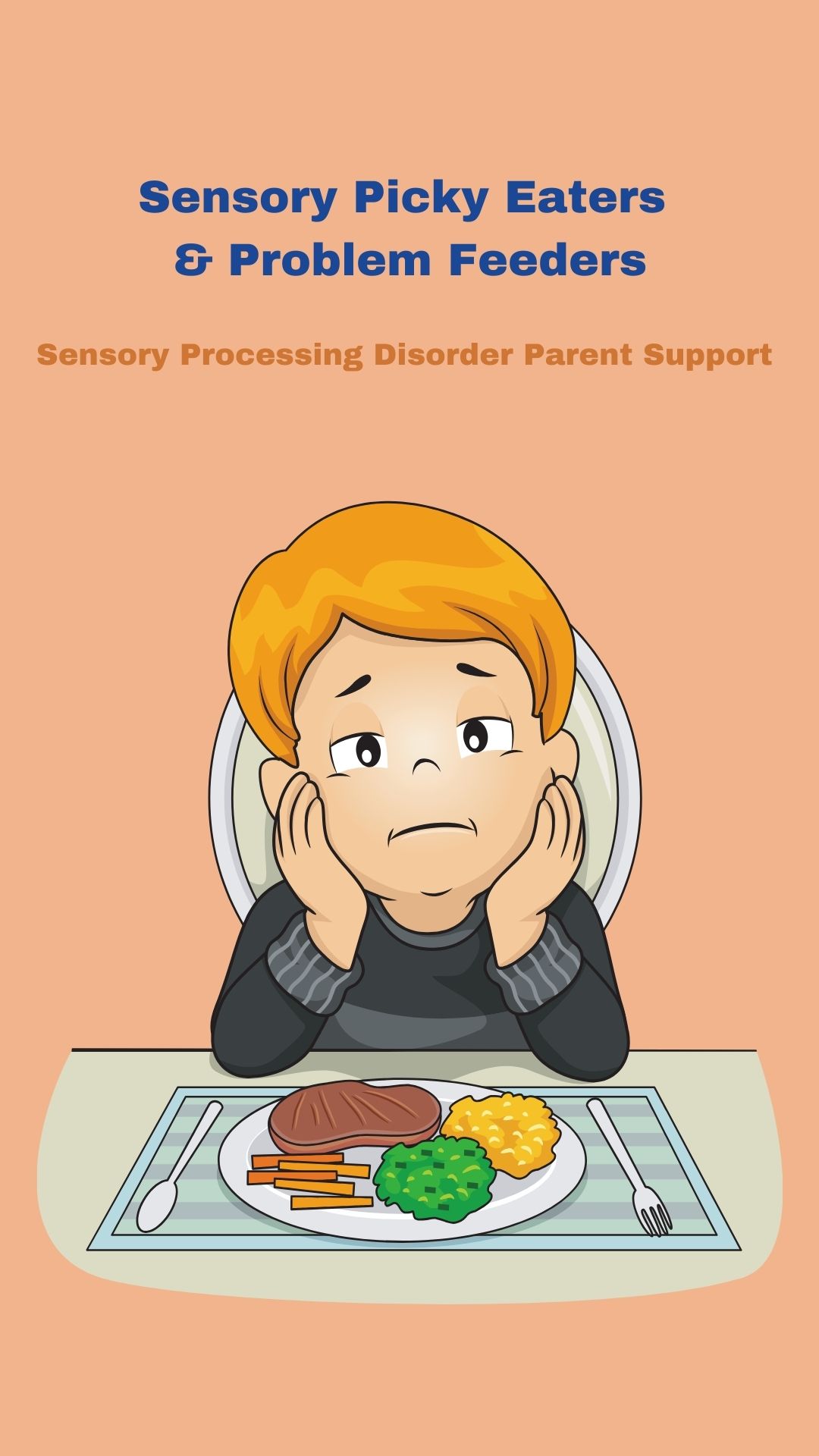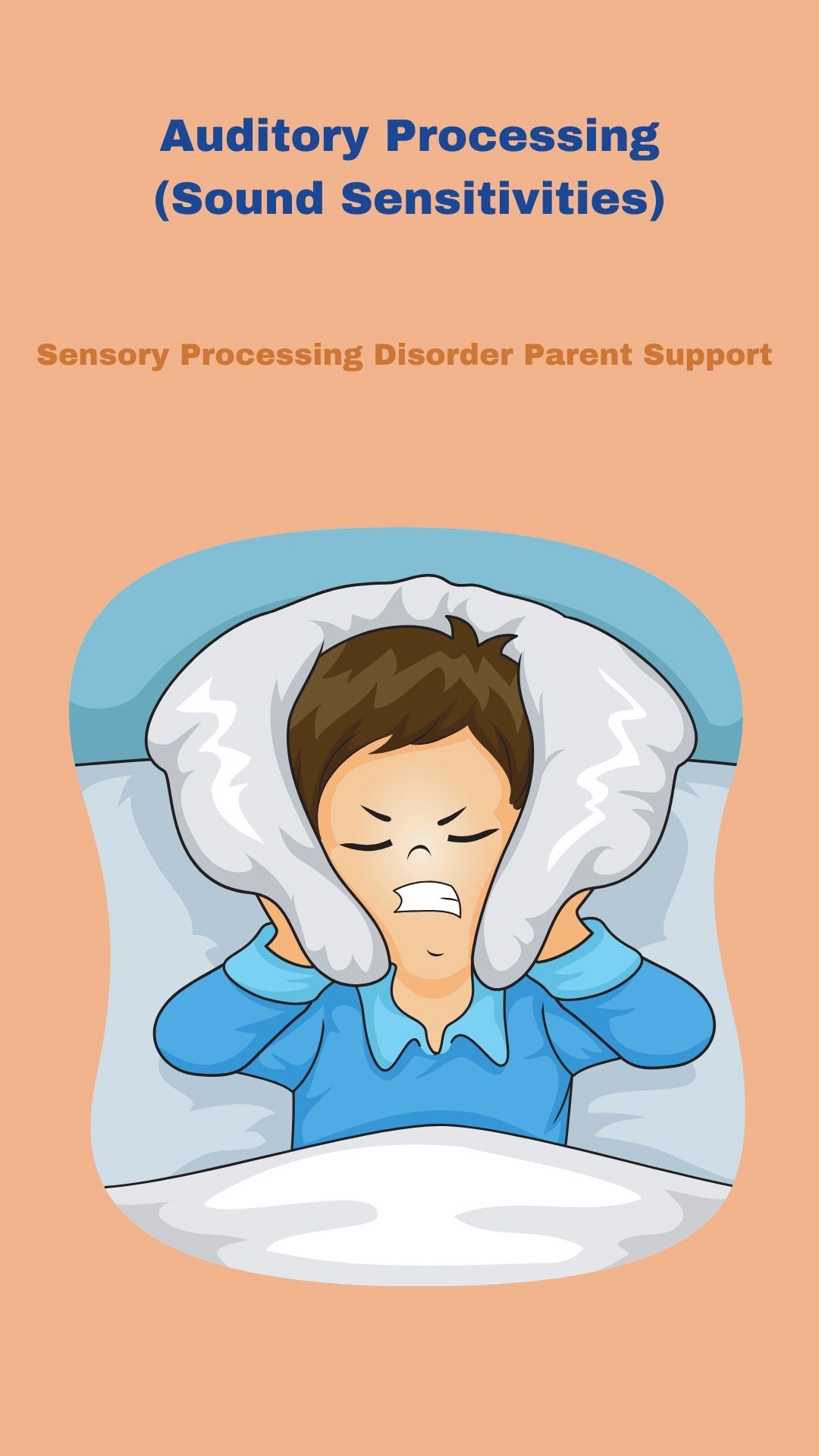Kids, Anger & Tools To Help
Anger is an emotion that can be difficult for anyone to deal with especially children. Children are still learning to understand and regulate their emotions and anger can be even more challenging. Some parents may find themselves asking why their child struggles with anger and how they can help them.
Children may struggle with anger for many different reasons. One common cause is a lack of emotional and social skills. While adults have had years of practice in managing their emotions, young children are still learning how to express themselves. This can lead to tantrums, outbursts, meltdowns and aggressive behavior when they are unable to communicate their feelings.
Children may struggle with anger for many different reasons. One common cause is a lack of emotional and social skills. While adults have had years of practice in managing their emotions, young children are still learning how to express themselves. This can lead to tantrums, outbursts, meltdowns and aggressive behavior when they are unable to communicate their feelings.
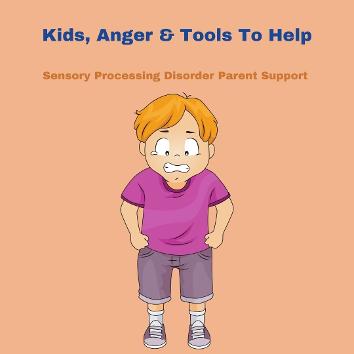
Children may struggle with anger because of their environment. Children who grow up in stressful and chaotic environments may be more prone to anger as they have not learned healthy ways to cope with their emotions. Children who witness aggressive and angry behavior from adults may mirror this behavior in their own actions.
There are many really great children's books available that can help children learn how to manage their anger. These books use relatable characters and stories to teach children about their emotions and how to handle them in a healthy way. Books not only provide simple and easy-to-understand explanations of anger, but also offer practical strategies and techniques for children to use when they feel angry. Reading these books with your child and discussing the characters' experiences can also be a great way to open up a dialogue about anger.
Some children may struggle with anger due to sensory processing disorder (SPD). Children with sensory challenges may have difficulty regulating their emotional responses, leading to outbursts and meltdowns when they are overstimulated.
There are many really great children's books available that can help children learn how to manage their anger. These books use relatable characters and stories to teach children about their emotions and how to handle them in a healthy way. Books not only provide simple and easy-to-understand explanations of anger, but also offer practical strategies and techniques for children to use when they feel angry. Reading these books with your child and discussing the characters' experiences can also be a great way to open up a dialogue about anger.
Some children may struggle with anger due to sensory processing disorder (SPD). Children with sensory challenges may have difficulty regulating their emotional responses, leading to outbursts and meltdowns when they are overstimulated.
If you suspect your child may have sensory processing disorder, it is best to consult with a doctor or a pediatric occupational therapist for a proper evaluation. With the help of a an occupational therapist, children with sensory issues can learn coping strategies and techniques to manage their emotions and regulate their responses.
Recognizing the signs that a child may have anger issues is important in helping them cope and manage their emotions. Some common signs of anger issues in children include:
Frequent and intense outbursts: If a child frequently has intense and uncontrollable outbursts, it may be a sign that they have difficulty managing their anger.
Physical aggression: Children with anger issues may resort to physical aggression, such as hitting, kicking, or throwing objects when they are angry.
Difficulty calming down: It is normal for children to get upset, but if they have trouble calming down even after the situation has passed, it may indicate an underlying issue with anger.
Withdrawal or avoidance: While some children may act out when they are angry, others may withdraw or avoid the situation altogether. This can be a sign of underlying anger issues.
How to help an angry child:
Teach emotional awareness: Help your child understand their emotions by labeling them and discussing how they feel. Let them know that it is normal to feel angry, but it is important to express it in a healthy way.
Provide a safe and calm environment: Children who struggle with anger may benefit from having a designated calm and quiet space where they can go when they feel overwhelmed or upset.
Teach coping strategies: Help your child find healthy ways to cope with their anger, such as taking deep breaths, counting to 10, or using positive self-talk.
Model healthy behavior: Children often learn by observing their parents and caregivers. It is important for adults to model healthy ways of dealing with anger, as children will likely mimic these behaviors.
Anger is a complex emotion that can be challenging for children to navigate. With the right tools and support, children can learn to understand and manage their anger in a healthy way.
Teach coping strategies: Help your child find healthy ways to cope with their anger, such as taking deep breaths, counting to 10, or using positive self-talk.
Model healthy behavior: Children often learn by observing their parents and caregivers. It is important for adults to model healthy ways of dealing with anger, as children will likely mimic these behaviors.
Anger is a complex emotion that can be challenging for children to navigate. With the right tools and support, children can learn to understand and manage their anger in a healthy way.
How do I know if my child is having anger challenges?
1. Silent and holds in feelings.
2. Acting without thinking.
3. Has difficulty dealing with frustrations.
4. Regularly requires reminders to control temper.
5. Refuses to accept responsibility.
6. Blames others for actions.
7. Appears to not care about other's feelings.
9. Difficulty calming down.
10. Have trouble calming down when they are upset.
11. Bullying others.
12. Behavior changes from calm to upset quickly.
What are some tips to help children handle anger in better ways?
1. Writing down feelings, having a journal.
2. Drawing about feelings.
3. Puzzles or coloring.
4. Create a calming place.
5. Counting to 10 while taking deep breaths.
6. Teach positive self talk. (I can be calm)
7. Teach children feelings. (sad, angry, nervous, irritated, frustrated, happy, excited)
8. Teach children it's ok to be upset.
9. Hit a pillow or punching bag.
10. Calming activities.
11. Teach think before you speak.
12. Exercise reduces stress.
13. Once they are calm, have them express how they are feeling and why.
14. When calm think of positive solutions to reduce anger for next time.
15. Use relaxation techniques.
16. Practice yoga.
Books To Help Children With Anger
A Little SPOT of Emotion Box Set (8 Books: Anger, Anxiety, Peaceful, Happiness, Sadness, Confidence, Love, & Scribble Emotion)
This box set includes 8 Emotion Books:
A Little SPOT of Anger
A Little SPOT of Anxiety
A Little SPOT of Happiness
A Little SPOT of Sadness
A Little SPOT of Love
A Little SPOT of Confidence
A Little Peaceful SPOT
A Little Scribble SPOT

I Can Control My Anger (The Safe Child, Happy Parent Series)
The perfect tool to teach children how to evaluate and manager their anger. I Can Control My Anger provides parents, grandparents, teachers, and caregivers the opportunity to speak with children about this important topic.
Do you sometimes get angry? I do.
Sometimes I have such rage, I want to yell at the top of my lungs or shout at someone else. Sometimes I even want to shred something or stomp on it.
When I get angry, my heart beats faster than usual, I get hot, and my face turns as red as a tomato. Occasionally, I get cold and my hands shake when I am really frustrated and mad.
We all get angry, and we all feel that anger in different ways. We may get hot or cold. We may want to yell at our parents or our friends, or we may want to pout and not talk to anyone. We may want to punch pillows or we may just want to cry. Sometimes we know why we’re angry, and sometimes we don’t. And that’s okay.

What To Do When Your Temper Flares: A Kid's Guide To Overcoming Problems With Anger Written Dawn Huebner
Guides children and their parents through the cognitive-behavioral techniques used to treat problems with anger. This interactive self-help book teaches children a set of anger dousing methods aimed at cooling angry thoughts and controlling angry actions, resulting in calmer, more effective kids.
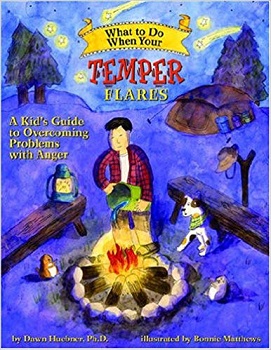
Roaring Mad Riley: An Anger Management Story for Kids
No need to roar like a dinosaur―a story about anger management for kids ages 5 to 7
Find out that there are lots of easy ways to stop being angry with a little help from some super friendly dinosaurs! Roaring Mad Riley is a story about anger management for kids that is both a picture and activity book, making it fun to learn how to pause and cool down, even when you’re super upset.
Join Riley, Parker, and Mr. Rex on this adorably illustrated journey exploring anger management for kids. They’ll find out how to keep calm by breathing deep, counting to 10, shaking it out, and more. After you finish the story there are even a bunch of awesome activities you’ll be able to do with your parents―and the next time you feel angry!


A Little SPOT of Anger: A Story About Managing BIG Emotions
It can be really hard to handle BIG Emotions, especially ANGER! Kids experience frustrating situations everyday, whether it's someone taking their toy or they feel like they can't do something. This story shows them that instead of yelling or stomping their feet, they can practice some fun ways to help them stay CALM.
Count your spots from one to four,
Tap, tap, tap and tap once more.
Now fill your lungs with peaceful air,
and coat your SPOTS with love and care.
By associating emotions with something a child can visual (bright red spot), they are able to see when a small feeling of frustration can easily turn into into a big ANGRY emotion. They will realize they can manage their spots of emotions with fun counting and breathing techniques by watching an ANGRY SPOT start to shrink down.
Train Your Dragon To Accept NO: Teach Your Dragon To Accept ‘No’ For An Answer. A Cute Children Story To Teach Kids About Disagreement, Emotions and Anger Management
Having a pet dragon is very fun.
But your dragon can get very angry and upset when you tell him “NO!"
He can burn your house down to the ground and everything you own!
What do you do?
You need to teach your dragon how to accept “No” for an answer!
Get this book now and learn how.
Fun, cute and entertaining with beautiful illustrations, this playful book will teach kids how to handle Disagreement, Emotions and Anger Management.
A must have book for children and parents to teach kids about Disagreement, Emotions and Anger Management.


Some Days I Flip My Lid (Learning to Be a Calm, Cool Kid)
Teaching kids to be calm and cool with life's challenges becomes much easier when they learn they have choices in handling their emotions.
Some Days I Flip My Lid follows third-grader Max as he develops self-awareness of his emotions by learning Mindfulness techniques called MINDFUL BREATHING and BREATHING ON PURPOSE. At school, on the playground and at home, Max develops skills not to flip his lid when he is scared, worried, sad or upset. A colorful and delightful story for the classroom, at bedtime or whenever your child needs a mindful reminder to be a calm, cool kid.
Anger Management Workbook for Kids: 50 Fun Activities to Help Children Stay Calm and Make Better Choices When They Feel Mad
Show your anger who’s boss―50 fun activities about anger management for kids ages 6 to 11
Anger is a normal emotion just like joy, sadness, and fear, but it can be difficult to know how to express those feelings in a good way. The Anger Management Workbook for Kids is filled with 50 playful exercises to help you handle powerful emotions. You can stay calm and make better choices when you feel angry. Other workbooks about anger management for kids ages 6-12 wish they could be this fun!
Discover ways to recognize angry feelings and react to them safely, so you can be nice to yourself and others. Draw a picture of what your anger looks like, write about your feelings and needs in different situations, and more. These awesome activities will give you the tools to manage your feelings through gratitude, friendliness, and self-kindness.


Anger Management Activities for Kids: 50+ Exercises for Understanding Feelings, Staying Calm, and Managing Strong Emotions
Stand up to your angry feelings―50+ fun, anger management activities for kids ages 5 to 7
Everyone gets angry, and that’s OK―it’s how you express your angry feelings that really matters. Anger Management Activities for Kids is filled with more than 50 engaging exercises to help you understand and manage your anger so you can express yourself safely, without hurting others or yourself.
Discover enjoyable activities that illustrate where anger comes from, what it feels like, how to show your feelings, how to tame your temper, and even how to understand and help other people when they’re angry. With this workbook about anger management for kids, you’ll use your imagination, have fun, and get creative as you learn how to show your anger who’s boss!
Feelings/Anger Games Tools For Sensory Processing Disorder
Temper Tamers By Free Spirit Publishing
Learn how to calm down and keep your cool in order to control your temper and express your feelings in positive ways. Ages 8–11, 101 cards, 3" recyclable plastic screw top jar. Based in Minneapolis, Minnesota, Free Spirit Publishing is known for its unique understanding of what kids want (and need) to navigate life successfully. Free Spirit's reputation as a leading publisher of Self-Help for Kids(tm) and Self-Help for Teens(tm) is grounded in books and other learning materials that are practical, positive, pro-kid, and solution focused.
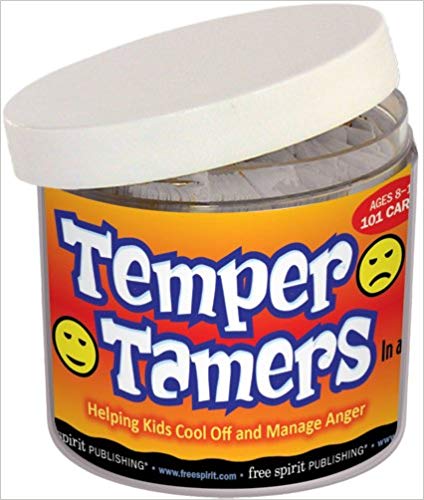
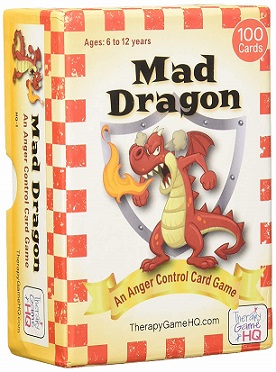
Mad Dragon: An Anger Control Card Game By Therapy Game HQ
This fast-paced therapeutic card game helps children ages 6-12: Control their anger in the moment; Practice 12 effective anger management techniques; Understand what anger feels and looks like; Avoid anger-provoking situations; Express and understand their feelings; Identify anger cues; Learn that they have choices about how to express anger. Mad Dragon plays like the popular game UNO. Players race to get rid of their cards while learning anger control skills. Fun and effective, this game includes 100 high-quality 3" x 4 1/2" cards, instructions, and tips for taming anger. For 2 to 8 players.
Behind The Anger Card Game for Families - Anger Management Card Game, Comprehensive Anger Control Solution to Develop Coping Skills - for Kids 6+, Teens, Adults ANGER CONTROL FOR KIDS A fun and therapeutic approach for kids of all ages to learn how to deal with and express their anger in a non violent way. Behind the Anger Card Game helps children develop the skills to identify the emotions hidden behind their anger and learn ways to positively deal with their emotions DEAL WITH ANGER POSITIVELY Anger is an emotion that everyone has, regardless to age, culture, socio-economic background. It is not the emotion in itself that is a problem, but the way in which individuals deal with and express their anger is what makes the difference.


- Stop, Relax & Think: A Game to Help Impulsive Children Think Before They ActAges 6-12. By Becky Bridges, C.S.W., A.C.P. A game to help impulsive children think before they act. In this ever-popular board game, active, impulsive children learn motor control, relaxation skills, how to express their feelings, and how to problem-solve. The manual includes information on how the game can be used both as a diagnostic and a treatment tool, and how behaviors learned in the game can be generalized for the home or classroom. The object of the game is to proceed through the Feelings, Stop, Relax, and Think sections of the game board to Finish, collecting chips along the way. The player with the most chips when the game ends wins. Designed for counselors, social workers, therapists, and other helping professionals.
The Color Monster Children's Game
The monster is confused. He doesn't understand his feelings. Luckily, his friend, a little girl, can teach him how to sort out how he feels! This is a children's Game in which the players find colors that represent different feelings (calm, Anger, fear, Sadness...) and need to find where to keep them. They try to choose the object that can hold the feeling they've found, and then talk about a situation where they have felt that feeling before.
A Game for all ages based on the best-selling book series by Anna llenas with original art.
A great way to talk to the little ones!
Designed by dani Gomez and Joseph m. Allué, winner of awards for his design of children games.
2-5 players, 25 minutes play time
Ages 4+

Amazon offers a small commission on products sold through their affiliate links on my website. Each of your purchases through links on my website for Amazon affiliation links or sponsored links supports me but at no additional cost to you so thank you for your purchases. I appreciate it so much!

